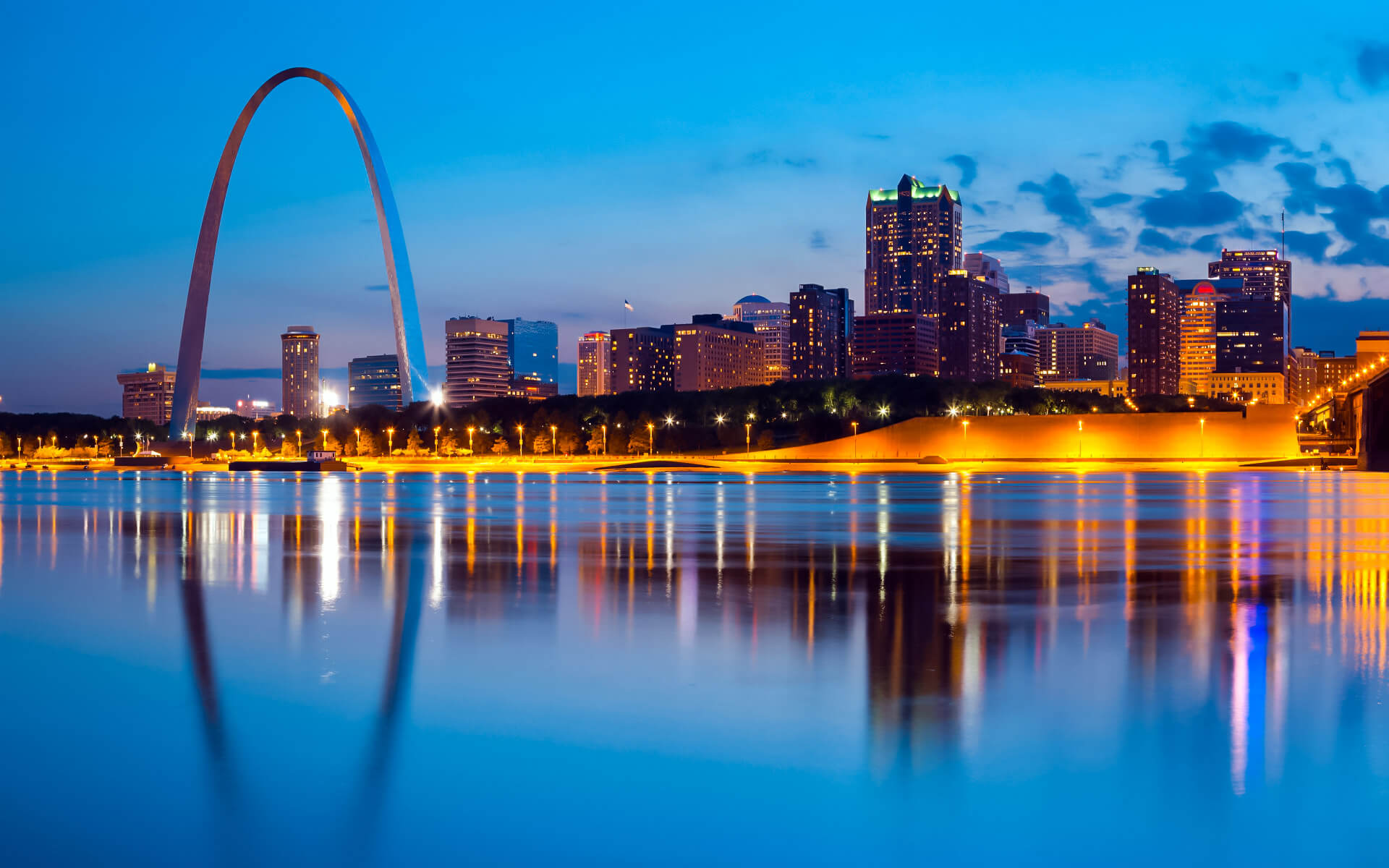[lwptoc]
St. Louis is a self-contained metropolis and inland port in the United States of America’s state of Missouri. The city grew along the Mississippi River’s western bank, which serves as Missouri’s boundary with Illinois. St. Louis had a population of 319,294 in 2010 and 315,685 in 2015, making it the 60th-most populated city in the United States and the second-largest city in Missouri after Kansas City. With an estimated population of 2,916,447, the St. Louis metropolitan area is the biggest in Missouri and the nineteenth largest in the United States. St. Louis was established in 1764 by fur merchants Pierre Laclède and Auguste Chouteau and was named after France’s Louis IX. Claimed first by the French, who settled mostly east of the Mississippi River, the land around the city was given to Spain after France’s loss in the Seven Years’ War. It relinquished its territory east of the Mississippi to the victorious Kingdom of Great Britain. From 1762 until 1803, the region that is now Missouri was part of Spanish Louisiana; the French convinced King Charles IV of Spain to relinquish Louisiana to France in 1800, but the Spanish remained to administer the country until the Louisiana Purchase in 1803.
St. Louis emerged as a prominent port on the Mississippi River when the United States acquired this land in the Louisiana Purchase. St. Louis was the fourth-largest city in the United States in the late nineteenth century. In 1877, it seceded from St. Louis County, establishing itself as an independent city with its own governmental borders. It was the site of the Louisiana Purchase Exposition and Summer Olympics in 1904. Immigration has surged, and the city is now home to the world’s biggest Bosnian community outside of their motherland.
St. Louis’ economy is based on service, manufacturing, commerce, freight transportation, and tourism. The city is home to many Fortune 500 companies, including Anheuser-Busch, Express Scripts, Peabody Energy, Ameren, Ralcorp, Monsanto, and Sigma-Aldrich, in addition to a sizable medical and scientific population. St. Louis is home to two major sports teams: the Major League Baseball’s St. Louis Cardinals and the National Hockey League’s St. Louis Blues. The city is often associated with the 630-foot-tall (192 m) Gateway Arch in Downtown St. Louis.


